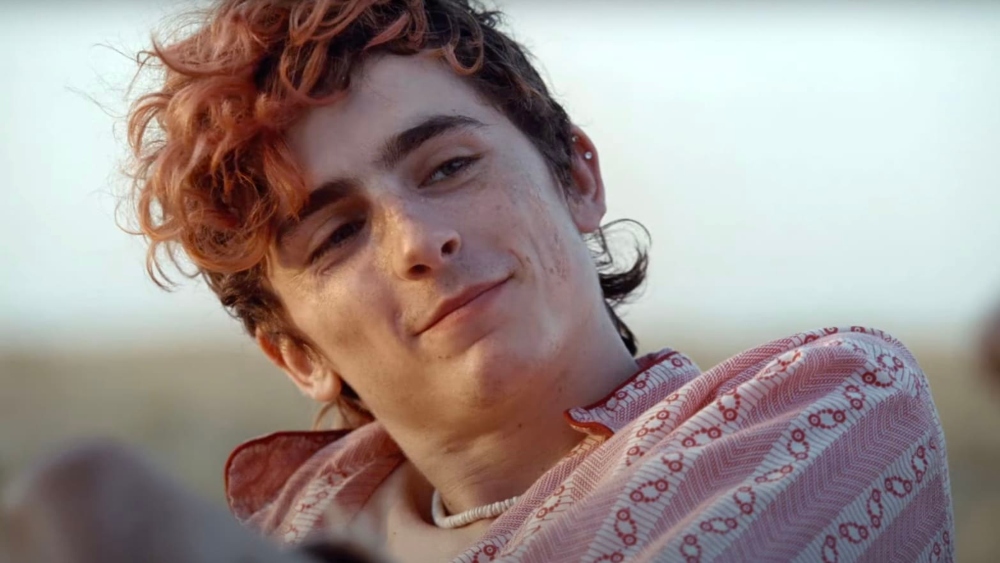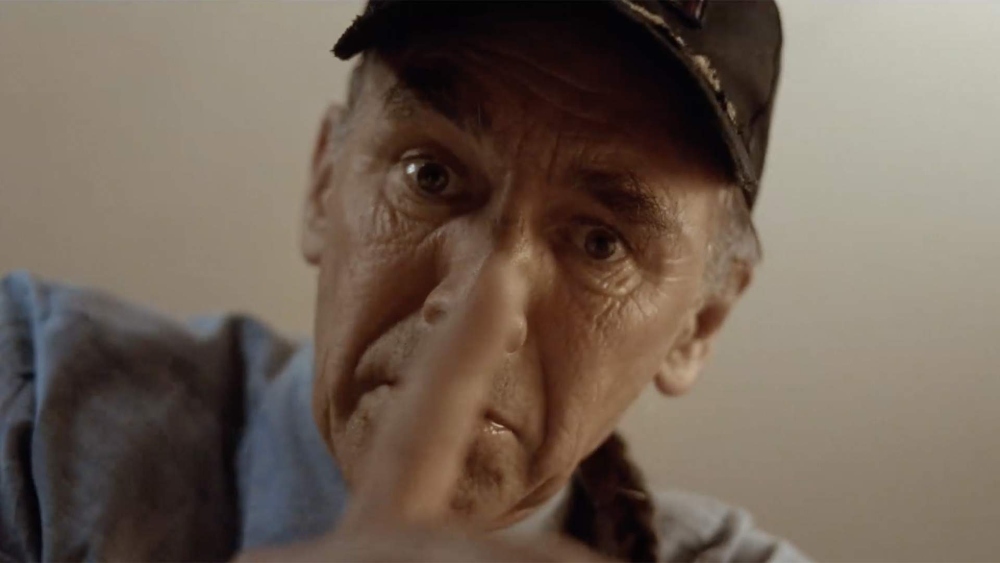
The clever critic, with even a superficial knowledge of film history, will dutifully reference two all-time classics in describing Luca Guadagnino’s new film — Silence of the Lambs and Bonnie and Clyde — both of which feature taut stories with gripping emotional centers. But Guadagnino’s latest, Bones and All, is never quite as gripping or as emotional as it should be, and what could’ve been a classic falls short of its potential.
At its best, the film features two teeth-gritting performances by Guadagnino muse Timothée Chalamet and an impressive Taylor Russell, as well as a strong set of supporting turns from Mark Rylance and Michael Stuhlbarg. But the plot, about two fine young cannibals in love and on the road, is a half-baked attempt at unnecessarily pushing boundaries while daring you to call it out for doing so, and a series of moral relativism one-liners whose startling consequences one hopes the screenwriter did not consider result in a fairly unappetizing meal.
When we first encounter young Maren (Russell), she seems like a normal, happy teenage girl, gossiping about boys and painting her friends’ toenails at a slumber party. Soon, though, the scent of her youthful friend proves irresistible to a dark impulse that drives her to bite and begin eating the girl’s finger, a shocking act requires that she and her father (Andre Holland) resume their life on the run together. This appears to be the last supper for Maren’s father, who abandons her to her fate with a handful of bills. Maren soon finds herself on the road, quickly stalked by others “like her,” who apparently can smell her flesh-desiring appetite.
The first of these personages is Sully, a creepy, life-worn man played to perfection by Rylance, who shows her at least some of the ropes, including how to detect other “eaters” like them. The film positions these people as misunderstood and well-intentioned, but Sully’s own motives appear to waver between sincere and reproach-worthy, and the unease that Rylance so expertly generates in viewers as he suspiciously pops up along Maren’s journey will stick with you long after the film has ended.

Eventually, Maren encounters Lee (Chalamet), a young man who has the same proclivities as Maren, but far more experience. We’re meant to think of these murderous cannibals as innocent, misjudged misfits whose conditions have simply been misapprehended by others. More on that later, suffice it to say for now that from this point on Bones and All quickly devolves into a series of mostly disjointed vignettes that stitch no discernible story together.
There is the budding romance between the two star-crossed and hungry lovers, and Maren’s confusing but all-too-easy search for her biological mother and the origins of her condition. The pastiche even finds its canoodling couple encountering even more menacing cannibals on the road, played by the marvelous Stuhlbarg and David Gordon Green, who was once slated to direct the Suspiria remake that Guadagnino would up directing. Maren and Lee also engage in a series of objectively reprehensible conduct that includes killing, maiming, and devouring other humans. The film shifts from drama to romance, to crime without Guadagnino ever making up his mind as to what tonal focus he wishes to land on.
In fact, Bones and All is at its best when viewed as a horror movie. Maren eventually does find her mother in a disturbing, Cuckoo’s Nest-type asylum. The deformed old woman is played by a nearly unrecognizable Chloe Sevigny, who delivers one of the film’s most memorable and terrifying moments. Meanwhile, the film’s closing sequences, a final confrontation of sorts, is a masterful rendition of blood, gore, flesh, and bones that showcases Guadagnino’s unique aesthetic. Though there aren’t necessarily any below-the-line efforts that stand out from the pack here, the editing and effects work that went into rendering this spectacular closing scene is quite impressive, proving to be the exception here.
However, it is too little, too late.

By the time the film makes its way to its shocking finale, the buffet it has served up is too raw to give us anything other than a stomachache. It is bad enough that the story never finds its footing with a coherent tone or style, wavering constantly between five or six different types of films that Guadagnino seems to have been making at once here. Worse than that is the horrendous moral conceit at the center of the film — that we need to reexamine our preconceived notions of cannibals, who are just normal people with an illness/affliction that people, including themselves sometimes, just don’t understand.
None of the characters in Bones and All are likable enough (let alone pure enough) to merit this already dubious absolution. And the collateral consequences of accepting the “cannibalism is a condition to be understood and tolerated, not persecuted,” mantra, are entirely lost on the filmmakers. The parallels of these arguments to a host of others are obvious but never confronted. Do, say, child molesters deserve the same piety? And what of the fact that sexual orientation was until very recently similarly considered a disease, only to later become one to be “tolerated”? Far be it for this critic to skewer a story based on hysterical, slippery slope arguments. The film repeatedly presents them at surface level and then refuses to engage with them by ignoring them.
This is why the notion of sympathy for cannibal-like behavior has always worked better in the context of vampires and zombies and, again, why Bones and All works very well when it doubles as a horror film and not at all when it devolves into anthropological preaching. The vampire is just that, a creature, an anomaly, one who can garner our sympathy in the right context (think Interview With the Vampire) without us forgetting the brutality of their underlying condition, and who does not require us to set aside our moral convictions to do so.
In the end, it is hard to deny the tremendous acting on display in every corner of this nauseating road trip. But neither those thespians nor a memorable finale can erase the bad taste that a meandering and inherently unsympathetic message should leave in most viewers’ mouths after watching Bones and All.
Grade: C+
After playing the Venice and Telluride Film Festivals, Bones and All hits U.S. theaters on Friday, Nov. 18 via MGM and United Artists Releasing.





